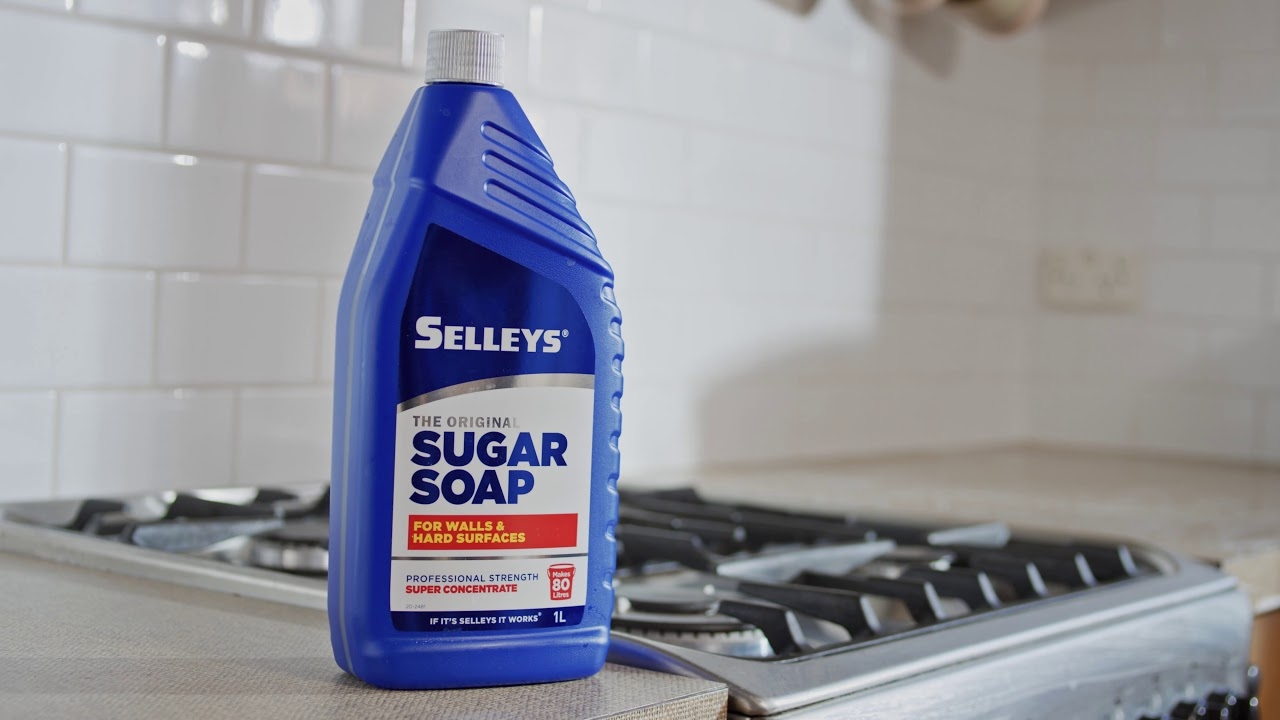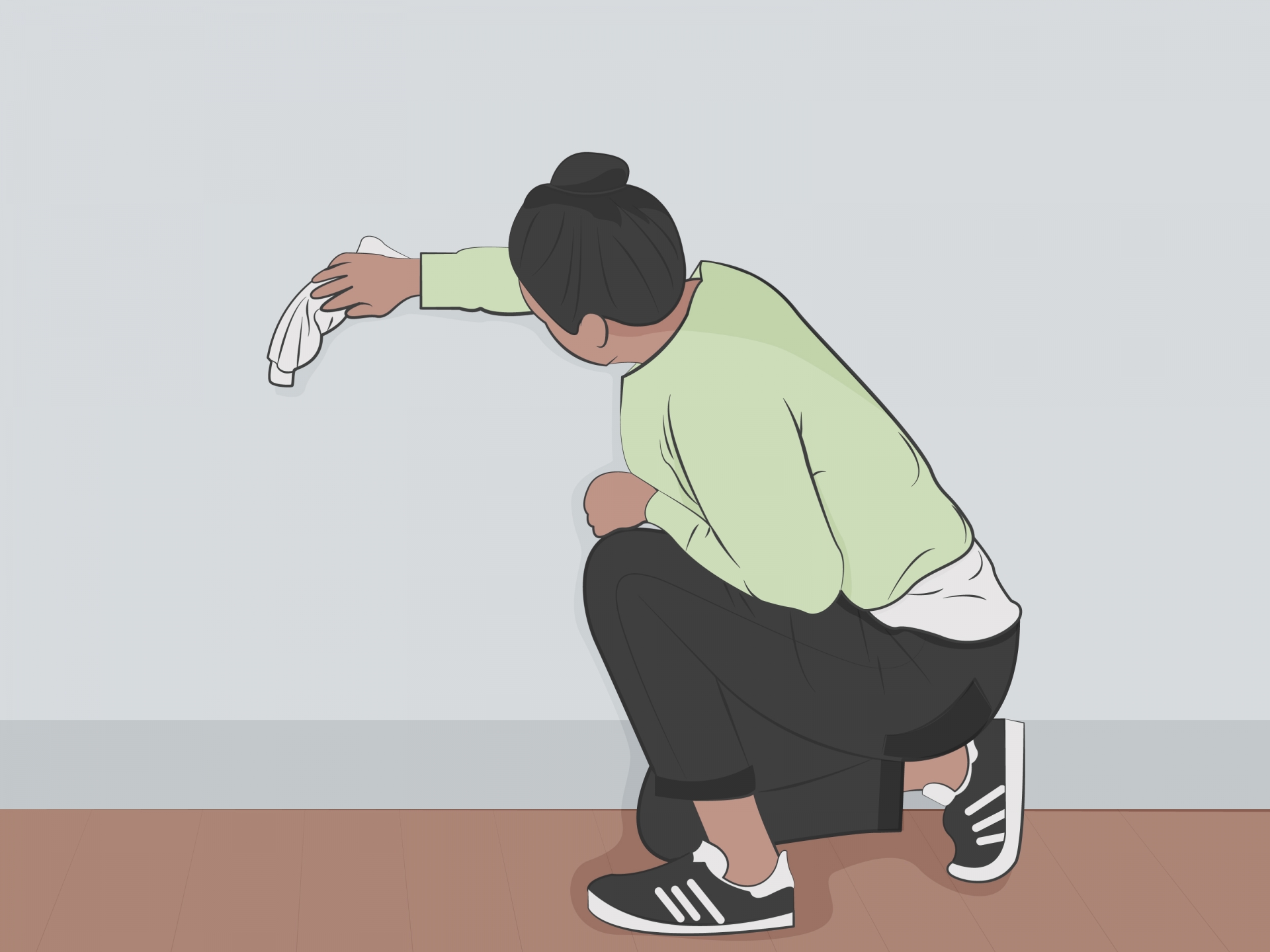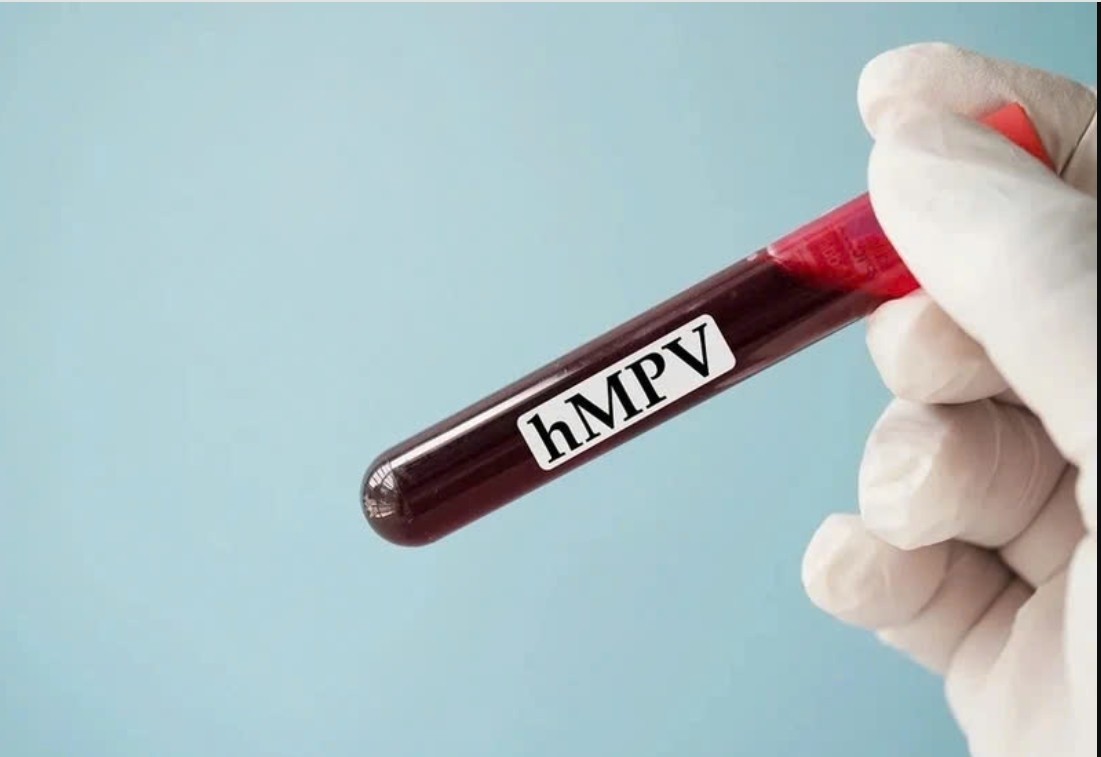How to Make and Use Sugar Soap and Best Alternatives
 |
| What Is The Use Of Sugar Soap: Cleaning Walls, Toilets, Removing Grease Knowinsiders.com |
| Table Of Content |
Sugar soap – that handy, ol’ cleaner that’s straight off the shelf of your garage – is so much more than just an old favourite for cleaning your walls.
Sugar soap, as typically found in Commonwealth countries, is a cleaning material of variable composition sold for use on surfaces affected by greasy or tarry deposits which are not easily removed with routine domestic cleaning materials. Its name arises from the fact that, when in dry powder form, it resembles table sugar.
The solution is alkaline and its uses include cleaning paintwork in preparation for repainting.
So, what is sugar soap, and what is the use of this cleaning product?
What Is Sugar Soap?
 |
| Photo: Zalora |
Sugar Soap is a renowned product for use in decor preparation.
Sugar Soap is available in powder or liquid form. It is a detergent that will clean the surface you intend to paint without leaving any residue.
The use of other detergents or not cleaning the required area thoroughly can result in a reaction with the paint which is in itself a big problem.
Companies use different formulas for the preparation of these soaps. Fundamentally it is a detergent for washing walls (which can contain some skin irritating ingredients in it)
Preparation before starting the actual painting process is essential, most of the people are hasty and fail to get the desired results due to this. These soaps come in both liquid and powder form where powder form is preferred for larger areas such as living rooms or a reception room.
Ingredients for Sugar Soap
Sugar soap is not sugar at all. There is no sugar in the list of ingredients of sugar soap. Sugar soap gets its name because when you mix all the ingredients together, the combination looks very similar to common table sugar. People use mildly abrasive sugar soap for different types of cleaning, but mainly for preparing a wall for a new coat of paint. Remember, keep this sweet-looking cleaner safely out of reach of children and pets.
Sodium Carbonate
Sodium carbonate is the first ingredient in a compound called trisodium phosphate, or more commonly TSP. Sodium carbonate easily dissolves in water, making it a good choice for a cleaning solution. This powder is white and has no scent. This alkaline compound will absorb moisture, so if you do use it for cleaning, make sure to keep it in a tightly sealed container. The principle way of getting sodium bicarbonate used to be through burning seaweed for the ashes, but now miners retrieve it from mines in the northern United States.
Sodium Phosphate
Sodium salts is the generic name for sodium phosphate. Sodium phosphate is the second ingredient in the TSP formula. One use for sodium phosphate is cleaning out the colon. This is what patients take before a colonoscopy exam. People also use sodium phosphate as a tenderizer for cooking meats. Sodium phosphate not only cleans out the colon and acts as a tenderizer for meat, but also acts as a cleaning ingredient when you mix it with sodium carbonate and sodium silicate.
Sodium Silicate
Another name for sodium silicate is water glass or liquid glass. Sodium silicate is the abrasive compound in sugar soap. This mild abrasive scrubs away some stains and hard-to-remove dirt. It comes in a liquid or a solid form. Use the powder form when making TSP, and add water to the complete three-part solution to make a strong cleaner for using in your for tougher projects, such as cleaning the walls before painting or cleaning a tub or sink before refinishing with an epoxy paint solution. Other uses for sodium silicate include cement making, lumber processing and in automobile manufacturing.
What is the Difference Between Sugar Soap and Detergent?
Unlike many detergents, sugar soap isn’t as harsh or caustic to work with. Though proper precautions should still be taken while using it, like gloves to keep the hands from drying out or a mask to prevent inhalation of the dust, the soap suds are still far less damaging than the alternative if you find yourself having to clean a lot of grease stains.
Is Sugar Soap Antibacterial?
 |
| Photo: Selleys |
No. Sugar soap is what’s known as a surfactant. It doesn’t necessarily kill the germs, but it does get them and everything else with them off of whatever surface you’re cleaning, which is often more effective at reducing germs in general than plain antibacterial agents.
Plus it doesn’t risk creating any antibiotic-resistant superbugs while in the middle of a good spring clean.
What Is The Use Of Sugar Soap?
Great for Walls
 |
| Photo: Wikihow |
Sugar soap excels at cleaning walls to prepare them for wallpaper or a fresh paint color. Mix 1/4 cup liquid sugar soap into 5 quarts water in a bucket. Wipe the walls down with a sponge dipped in the solution, working from the top of the walls down. Wear rubber gloves as you work. Open the windows or turn on fans to speed up the drying time.
Toilets, Tubs and Sinks
The powdered form of sugar soap serves as a handy cleaner in the bathroom. Sprinkle a little powder into the toilet bowl, then sprinkle more on a damp cloth. Wipe down sinks, the tub and shower stall with the cloth, then rinse the cleaned areas thoroughly. Once the powder sits in the toilet for an hour, flush the toilet or use the scrub brush to remove stains before flushing.
General Cleaning
Wipe down dirty appliances, patio furniture, countertops and even tile with a homemade sugar soap spray. Mix 1/8 cup liquid sugar soap into 2 liters of water in a bucket, then pour the blend into spray bottles. Spritz the areas you're cleaning, wait a few minutes, then wipe down with a damp cloth. Rinse the cloth regularly as you work.
You can use the same mixture to wash vinyl, tile, laminate and wood floors. Just leave it in a bucket instead of putting it into spray bottles. Mop the floor with the solution, then again with water only. Test the solution on an inconspicuous area before mopping the entire floor.
Remove Grease in the Garage
Sugar soap powder helps lift those greasy oil spots staining a garage floor. Sprinkle enough powder to cover the spots completely. Drizzle water over the powder, wait 30 minutes, then scrub the powder with a stiff broom. You can use the liquid version straight out of the bottle. Pour it on top of stains when you are scrubbing with the broom or a stiff brush. Rinse by mopping with clean water.
Whiten & brighten the toilet bowl
Have that many cleaning products in your laundry cupboard you don’t know where to look anymore?
Do a bit of decluttering and streamline your cleaning processes by picking one product to clean them all! Sugar soap is a popular choice as a toilet cleaner – just a small amount is enough to cut through limescale to brighten a grimy loo bowl.
Clean outdoor furniture
Exposed to the elements, outdoor furniture tends to collect a lot of dust.
Get to this quickly before guests arrive with your sugar soap spray and a damp cloth. The product needs no rinsing or drying – so it’s a fast solution to a pressing problem.
And floors…
For wooden, tiled or laminated floors, sugar soap can work wonders.
However, when using on floors, sugar soap and water can soil quite quickly. The hot tip? When the water turns black, you know it’s time to change it – otherwise you’re just spreading that dirt around.
And stubborn stains…
Sugar soap will help cut through stubborn stains – on your walls, benches or floors – but you will need to change up your tools of the trade.
Switch out the soft sponge for a non-scratch scourer and pour the non-diluted sugar soap concentrate straight onto it.
How To Make Sugar Soap
1/2 cup sugar
1/4 cup vinegar
1/2 cup Laundry Liquid
6-10 drops Essential Oil of choice (optional- find our range here)
4 Litres Hot Water (flexible, depending on your desired strength of soap)
In your rectangular tub, add hot water and combined ingredients. Stir.
The liquid form is managed easily whereas the powder form is just an extra step to get started with it. Add the sugar soap in warm water, start cleaning your walls with a cloth and then clean the walls again with just a damp cloth to take off the soap. Before you apply the fresh coat of paint, please give the walls enough time to dry out. The process requires patience from start to the end.
Best Sugar Soap Alternatives
1. Washing Soda
Washing soda is undeniably the best sugar soap alternative. It is a natural and environmentally friendly product, yet an aggressive cleaning agent that can wash off even the most stubborn grease and grime.
To clean the walls, mix a cup of washing soda with one litre of water and wipe the walls with a soft sponge or cloth.
Keep in mind that you should always wear rubber gloves when handling washing soda (concentrated or diluted). The product is highly alkaline, and it can burn your skin. You must also avoid mixing it with acids, so never use washing soda and white vinegar at the same time.
2. Baking Soda Paste
Baking soda is another natural alternative to sugar soap. It is not as aggressive as washing soda and is a more appropriate choice if you have young children or pets.
To remove stubborn stains, make a thick paste of baking soda and water and scrub the stains with a sponge. To clean grime and smoke off the walls, mix half a cup of baking soda with a bucket of warm water. Scrub the walls clean, then rinse with clean water to remove all baking soda residues.
Also, remember to dry the walls with a dry terry cloth towel when you’re done. This measure should be taken to avoid damaging the plaster or plasterboard.
3. White Vinegar
Vinegar is a powerful degreaser and an excellent DIY alternative to sugar soap for cleaning the kitchen walls.
You can either use diluted white vinegar (1:1 vinegar to water ratio) or mix white vinegar with baking soda for stronger action.
Wash the walls with a non-abrasive sponge, paying particular attention to the stubborn grease stains. White vinegar can also wash off dust and gunk, but it may not be the most suitable solution for removing old smoke stains.
4. Soap Flakes
Soap is a good all-round cleaner if you don’t have anything else. There are many options out there, but Castile soap flakes are perhaps the best choice if you want a vegan-friendly product.
No matter what soap flakes you use, rinse the walls thoroughly when you’re done. While soap works wonders in cleaning the walls, most soaps and detergents leave residues behind. If you want to paint over existing emulsion, this residue could prevent new paint from adhering to the surface.
A way to make sure the new emulsion will adhere properly is by priming the surface with a latex paint primer before repainting.
5. Liquid Dish Soap
Liquid dish soap is another alternative to sugar soap before painting. It works like soap flakes, but it is easier to dissolve in warm water. Like soap flakes, liquid dish soap will leave behind a patina if you don’t rinse the walls thoroughly.
6. Mayonnaise
We bet you’ve never thought of mayo as a cleaning agent, but the greasy goodness can actually remove some stubborn stains that are nearly impossible to remove otherwise. Crayon stains fall in this category – if you have kids, you likely know how hard it is to get rid of them.
When planning to repaint the walls, you may think the new coat of paint will cover these marks. However, regular latex paint doesn’t cover crayon marks. Even if you somehow manage to hide them, there are chances the pigments will eventually bleed through the new coat of paint, staining it.
Using mayo as a cleaner is easy. Smear some regular mayo (the low-fat variety won’t work) on the stain and let it sit for 10 to 15 minutes. Wipe with a dry cloth. Don’t forget to wash the wall with baking soda or white vinegar to get rid of the grease before repainting.
Crayon marks aside, mayonnaise can also remove permanent marker and ink stains from walls and other surfaces, including wood.
7. Tea Tree Essential Oil
In addition to dust, grease, smoke, and writing instruments, mould can also stain your walls. Sugar soap contains harsh chemicals that generally remove mould and kill its spores, but baking soda or white vinegar may not be so aggressive.
That’s where tea tree essential oil steps in. This natural substance has antifungal and antibacterial properties, helping you get rid of the bad spores on your walls.
Mix a teaspoon of tea tree essential oil with a cup of water. Pour the mixture in a spray bottle and spot treat the mould affected areas. Leave for 10-15 minutes, then wipe away. You can now clean your walls with vinegar or baking soda.
 Facts About TikTok: Real Owners, History Facts About TikTok: Real Owners, History TikTok has been becoming more popular on social media, and there are many questions involved around the app. |
 Fact Check: Drinking Beer to Cool Down in Summer Fact Check: Drinking Beer to Cool Down in Summer Drinking summer beer for refreshment is a habit of most people, especially men. Imagine how much "refreshing" you can drink after work after work. However, ... |
 What is Ghost Month - Hungry Ghost Festival: Taboos, Meanings, Superstitions and Beliefs What is Ghost Month - Hungry Ghost Festival: Taboos, Meanings, Superstitions and Beliefs According to folklore in China, Vietnam and many countries in Asia, the 7th lunar month is a ghost month that brings bad luck and insecurity ... |
 What is Scary About Libra - Dark Side What is Scary About Libra - Dark Side There are a few things or toxic traits, that you need to know about the scary side (dark sides ) of Libra zodiac sign. |


























